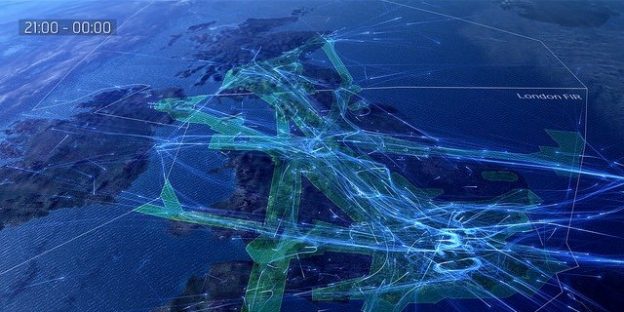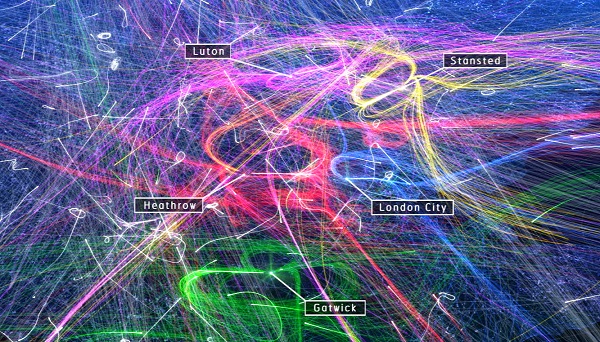Airspace is our invisible infrastructure: we might not be able to see it, but it is as important as our roads, our railways and our runways.
Today’s airspace was designed more than fifty years ago and for a different age, when aircraft like the VC-10, the Vanguard and the Hawker Siddeley Trident ruled the skies, not the A380’s and Boeing 777s of today.
In those days, when half a million aircraft in our skies no doubt seemed busy, no one dreamed that the airspace would need to support 2.4 million aircraft flying through it, carrying 250 million passengers. That’s what we saw last year.
The sky has a limit. By 2030, we expect to see 3 million flights per year in UK airspace. Not forgetting the added complexity of sharing the airspace with new and existing users, such as the military, General and Business Aviation and now Remotely Piloted Aircraft Systems – drones. We cannot meet that demand with today’s infrastructure, and that’s the message I delivered to Royal Aeronautical Society members at an event on Thursday.

Modernising our airspace will enable us to deliver many of the benefits we know our customers and local communities want to see. So we face a very tough balancing act, to provide an infrastructure that enables airlines to reduce their fuel burn and the amount of CO2 they emit, maximises our finite airspace capacity, keeps the UK connected to the rest of the world and reduces the noise impact on people on the ground.
We can do things to mitigate the impact of noise. New routes can be designed to provide steeper climbs and descents, while new technology now allows aircraft to follow routes to a much greater level of accuracy. While this will allow us to significantly reduce the number of people impacted by noise, it will also result in greater concentration of flights, and we need to work with communities to understand what kind of outcome is acceptable to them and how we can deliver meaningful respite, for instance by building in alternative routes.
One thing is clear though, making no changes to our airspace is not an option. With no improvement, our analysis based on Government traffic forecasts suggest delays are likely to soar to 50 times what they are today by 2030, resulting in some 65,000 additional cancellations a year, costing airlines over £1bn and the wider economy much more.
This isn’t a problem that’s years away from manifesting itself – we’re feeling it today. This year looks set to be the busiest on record in the south east of England. We’re expecting to handle around 1.14 million flights in and out of the five major London airports in 2016 to an ever increasing list of destinations. That’s a rise of 40,000 flights on last year and while we’ll always do our best to keep delays as low as possible, we’re likely to begin seeing symptoms of the capacity crunch this summer.
You’ll be hearing more from me about modernisation over the coming months as we make the case with policy makers, local communities and the wider industry. The time for action and commitment is now.
Comments
Please respect our commenting policy and guidelines when posting on this website.




25.04.2016
17:53
Tim
Such a pity that under NATS last boss they would not have adult conversations and engage with communities !